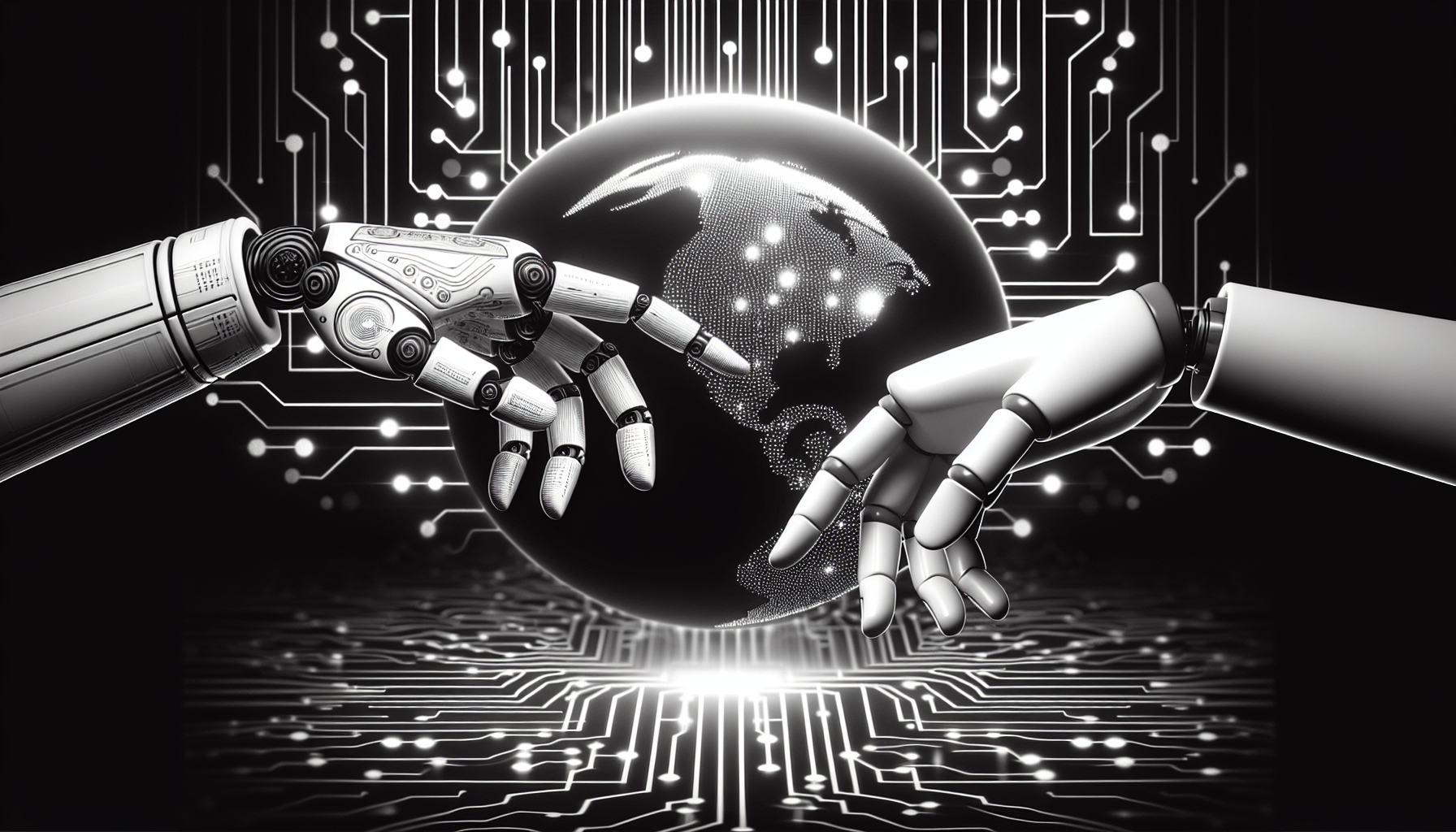US-China Trade Talks Signal Potential Thaw in Tech Supply Chain Tensions
What happens when the world's two largest economies sit down to talk trade? For the global tech industry, it could mean the difference between stability and chaos.
On June 6, 2025, the United States and China announced a new round of trade negotiations. The talks follow a direct call between President Donald Trump and President Xi Jinping, signaling a potential shift in the icy relationship that has defined tech trade for the past several years. At the heart of the discussion: semiconductors, rare-earth materials, and the fragile web of global supply chains that power everything from smartphones to satellites.
The Semiconductor Squeeze
Semiconductors are the lifeblood of modern technology. They power artificial intelligence, electric vehicles, 5G networks, and nearly every digital device. But they're also at the center of a geopolitical tug-of-war. The U.S. has been pushing to reduce its reliance on Chinese manufacturing, while China has been leveraging its dominance in rare-earth processing to push back.
In April 2025, the U.S. announced a 90-day pause on certain tariffs, offering temporary relief to tech companies. Smartphones and computers were spared, but semiconductors were not. President Trump has made it clear that chips remain a strategic priority, with new tariffs expected soon. The exact rates are still under wraps, but the message is clear: the U.S. wants to bring chip production home.
That's easier said than done. Companies like Nvidia, Apple, and TSMC rely heavily on Chinese manufacturing and materials. Onshoring chip production requires massive investment, skilled labor, and time-none of which are in abundant supply. In the meantime, uncertainty reigns.
China's Counterplay
China isn't sitting still. In a strategic move, it lifted its ban on Boeing aircraft, signaling a willingness to negotiate. But it's also tightening control over rare-earth exports-materials essential for chipmaking, EVs, and aerospace. While these minerals aren't rare in nature, China dominates the refining process, giving it a powerful bargaining chip.
This has rattled U.S. tech firms. Without access to refined rare-earths, production lines could stall. Prices could spike. Innovation could slow. The VanEck Semiconductor ETF dropped nearly 7% in March, and companies like Micron and Qualcomm saw their stock prices tumble. The market is nervous, and for good reason.
Winners, Losers, and the Cost of Uncertainty
Tariffs are a double-edged sword. Supporters argue they protect national security and encourage domestic manufacturing. Critics warn they raise costs, disrupt supply chains, and stifle innovation. Both are right, to a degree.
Exempting smartphones and computers from tariffs was a win for U.S. consumers and tech firms. But looming chip tariffs could still drive up prices. Economists estimate that sustained tariffs on semiconductors could push core inflation above 3%, with ripple effects across the economy. Laptops, gaming consoles, and even smart appliances could become more expensive.
Meanwhile, companies are scrambling to adapt. Apple is expanding production in India. Nvidia is exploring partnerships in Europe. TSMC is building new fabs in Arizona. The race to onshore is real, but it's also expensive and slow. In the short term, the industry remains vulnerable.
What's at Stake
These trade talks aren't just about tariffs. They're about the future of global innovation. A stable agreement could unlock collaboration on AI, green energy, and next-gen communications. A breakdown could lead to higher costs, slower development, and a fragmented tech ecosystem.
For now, the world watches and waits. The stakes are high, the timeline uncertain, and the outcome far from guaranteed. But one thing is clear: the next chapter in the US-China tech rivalry is being written right now, and it will shape the digital world for decades to come.
Sometimes, the most powerful technologies are held hostage not by science, but by politics.
